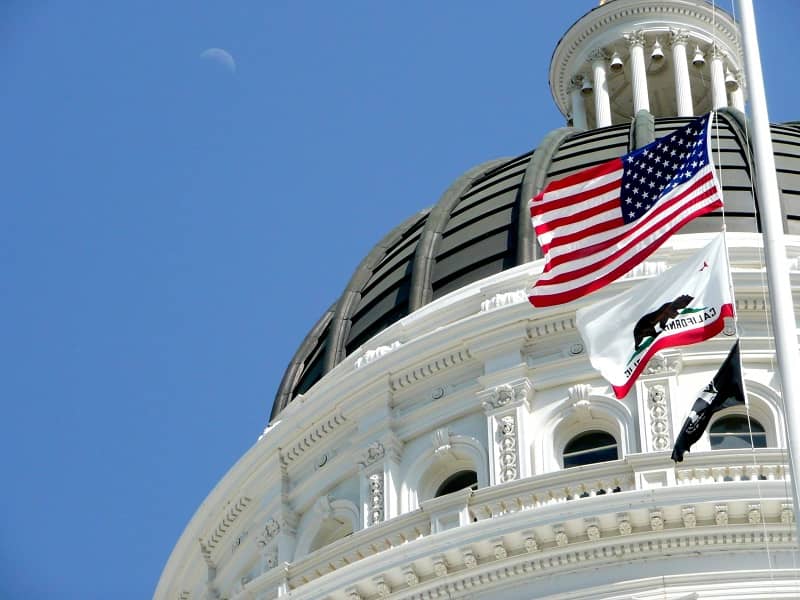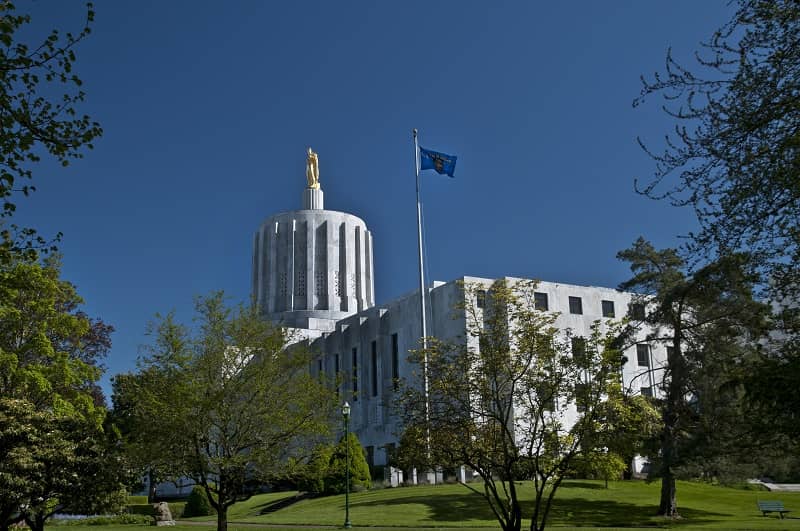By John A. Charles, Jr. and Lydia White
The Sierra Club and other environmental groups are objecting to PGE’s plan for new, natural gas-powered generation to help replace the electrical output that will be lost when PGE shuts down the Boardman coal plant in 2020. What these groups should admit is that they are the ones responsible for that decision.
Last March, the Oregon legislature adopted the Oregon “Renewable Portfolio Standard” (RPS), which requires PGE to procure 50% of its retail load from designated renewable energy sources by 2040. This requirement, enacted with few public hearings in the rush of the one-month session, was demanded by environmental groups as a way to burnish the state’s mythical green power credentials.
The RPS is essentially a mandate for more utility-scale wind and solar power. These are known as “intermittent resources” because wind farms don’t generate any power about 68% of the time, while solar goes dead about 71% of the time. Being forced to rely on randomly-failing generators means that utilities must have back-up sources (known as “spinning reserve”) in order to preserve grid reliability.
Electricity cannot be stored like other commodities. As soon as electricity is fed into the grid, it travels at the speed of light through many pathways until it is consumed almost instantaneously by a household, factory, or some other end-user. Supply and demand have to be matched at all times in order to avoid grid failure, or “blackout.”
Right now, wind and solar only account for about 5.69% of Oregon’s electricity supply. As lawmakers keep ratcheting up RPS mandates towards 50%, the need for spinning reserve will go up as well. The only practical fuel is natural gas.
These new gas-fueled plants will be running even when not used, in order to be ready when the windmill blades stop turning or the sun goes down. This will result in wasted fuel and increased air pollution.
If utilities must have spinning reserve, can we predict the need for it? This question was the subject of a paper recently published by the National Bureau of Economic Research (NBER). The researchers found that a 1.0 percentage point increase in the share of fast-reacting fossil generation capacity in a country is associated, on average, with a 0.88 percentage point increase in the long-run share of renewable energy.
In other words: more wind and solar = more fossil fuel use. Oregon legislators rushed through the RPS law so quickly that they forgot about the law of unintended consequences.
PGE and PacifiCorp will both be turning to increased natural gas generation over the next 20 years because they don’t have a choice. Customers want their electricity 100% of the time, not 30% of the time. If environmental groups are offended by the use of more natural gas, they should admit that the 50% RPS requirement was a mistake and ask legislators to repeal it.
John A. Charles, Jr. is President and CEO of Cascade Policy Institute, Oregon’s free market public policy research organization. Lydia White is a Research Associate at Cascade. This article originally appeared in the Portland Business Journal on January 12, 2017.











